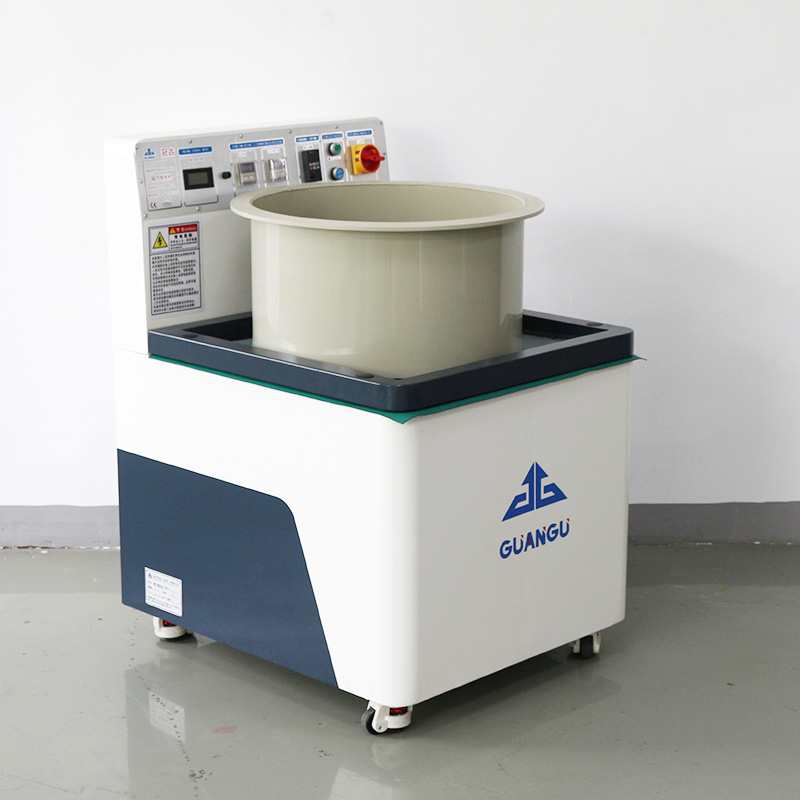Hinge fittings play an important role in a variety of mechanical devices and in everyday life. They are Metal elements that connect two or more parts, enabling them to move relative to each other. The quality of manufacturing and processing of hinge fittings directly affects the performance and life of the equipment. In the manufacturing process of hinge fittings, polishing and deburring is a very important part.

First of all, let's learn about hinge fittings. There are many kinds of hinge fittings, which can be divided into many types according to their shapes and uses, such as flat hinges, book hinges, corner hinges and so on. They are usually made of metal materials, such as stainless steel, aluminum, copper and so on. The manufacturing process of hinge fittings includes stamping, cutting, forming, welding and other processes. Polishing deburring is essential in these processes.
Polishing deburring refers to the process of grinding the surface of hinge fittings with an abrasive to eliminate burrs generated during the manufacturing process and to improve the surface finish. The process of polishing and deburring can be categorized into hand polishing and machine polishing. Hand polishing usually uses tools and materials such as polishing wheels, polishing paste, etc. to polish the hinge fittings one by one. This method is simple to operate, but less efficient, suitable for small batch production. Machine polishing is the use of professional polishing equipment, such as polishing machine, roller polishing machine, etc., on the hinge fittings for batch polishing. This method has high efficiency and good surface finish, but requires certain equipment and investment.
The importance of polishing deburring in the manufacturing of hinge fittings is reflected in the following aspects:
1. Improve surface finish: Polishing and deburring can eliminate burrs and scratches on the surface of hinge fittings, improve surface finish, make the parts more beautiful, and also help to reduce friction and wear and prolong the service life of the equipment.
2. Enhance the connection performance: the connection performance of hinge fittings directly affects the stability and reliability of the equipment. Through polishing and deburring, it can improve the surface quality of hinge fittings and enhance its connection performance with other parts.
3. Prevent corrosion: metal hinge fittings are prone to corrosion in humid and corrosive environments. Polishing and deburring can eliminate surface defects and improve surface protection, thus preventing corrosion.
4. Improve product competitiveness: Polishing and deburring is the key link to improve the quality of hinge fittings. Through exquisite polishing treatment, it can improve the overall texture of the product and enhance the competitiveness of the market.
In short, polishing and deburring is a part of the manufacturing process of hinge fittings that cannot be ignored. Through polishing and deburring, it can improve the surface quality, connection performance and corrosion resistance of hinge fittings, so as to improve the performance and life of the equipment and enhance market competitiveness. Therefore, hinge fittings manufacturers should pay attention to the polishing and deburring link, using appropriate polishing technology and equipment to ensure product quality.